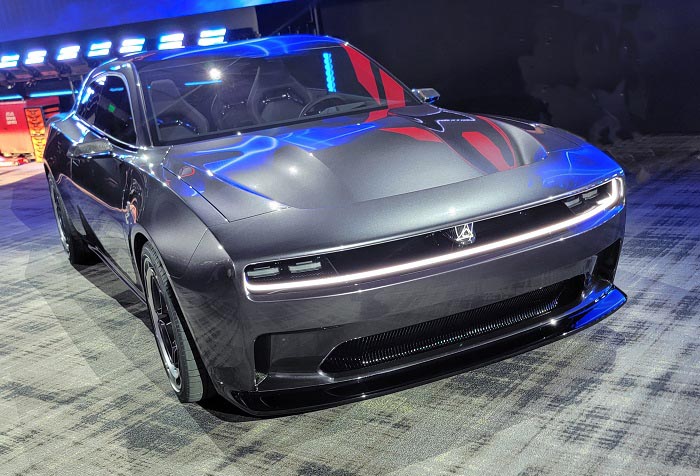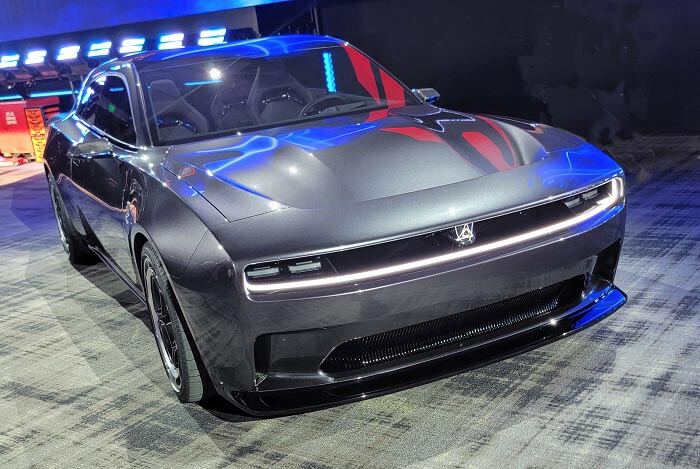Electric motors can get quite hot while operating—and so can batteries when powering those motors. Battery-electric vehicle (BEV) makers have all spent a great deal of time and money on thermal management, as gasoline-vehicle makers did before them. Their solutions work well for most people, but there is likely room for more work by enthusiasts. That dovetails with one downside of BEVs—some enthusiasts are dismayed at the difficulty of upgrading the cars.

The two come together with the idea that people can customize their cars by upgrading thermal management.
Dodge has already brought out their Fratzonic exhaust system on the Banshee. On a regular car, exhaust systems take hot exhaust gasses from the engine and push it out of the back (or side!) of the car. An EV doesn’t have exhaust gases in the same way, but the batteries and motors do generate heat.
The “Fratzonic” exhaust system could help remove heat from the battery pack, using not just a sound chamber but a “Supercooler” blower system; it would have a coolant pump, like a Hellcat’s supercharger, sitting on top of the front electric motor system. This would be circulate heated coolant from the motors, gearboxes, and battery pack areas through front mounted intercooler-style radiator systems—and force air across the battery packs and through the “Fratzonic.”
That would bring back the beloved supercharger induction sound, while changing the Fratzonic system sound (and making it more functional). On cooler days, there could be visible vapor coming from the back of the car from the condensation from the heat transfer, making the Fratzonic more functional—which addresses some of the complaints about the one we saw on the Charger Daytona EV.
Discover more from Stellpower - that Mopar news site
Subscribe to get the latest posts sent to your email.

